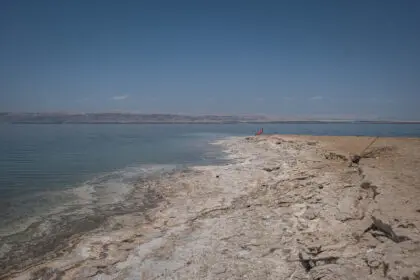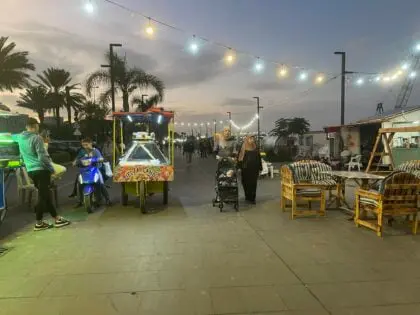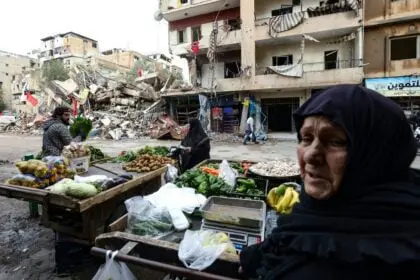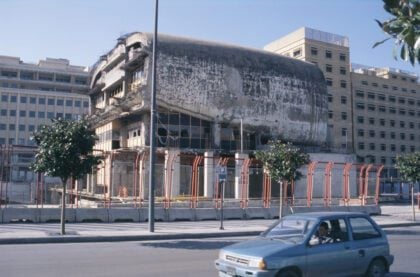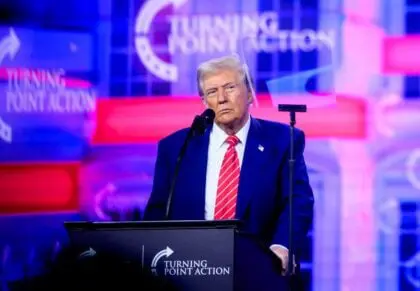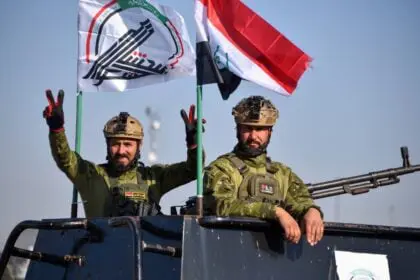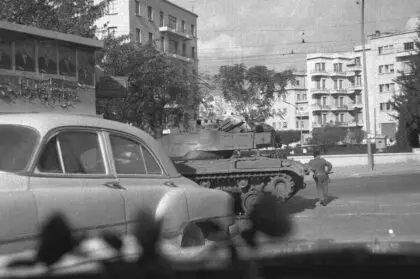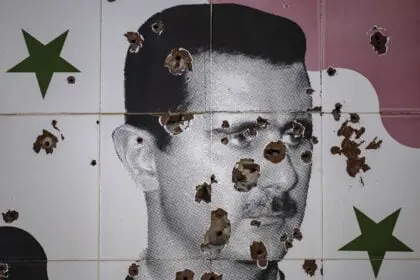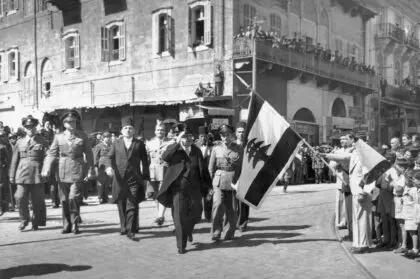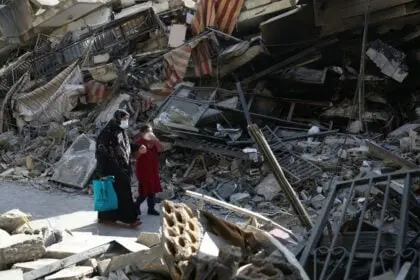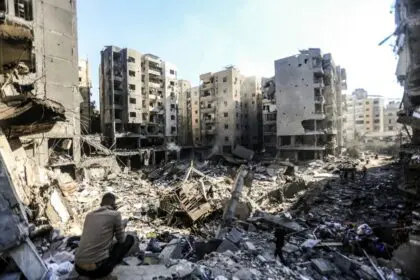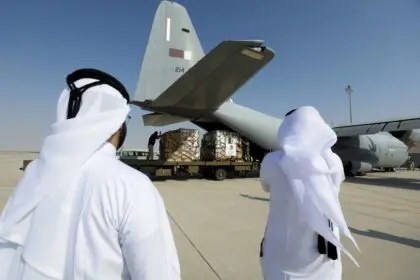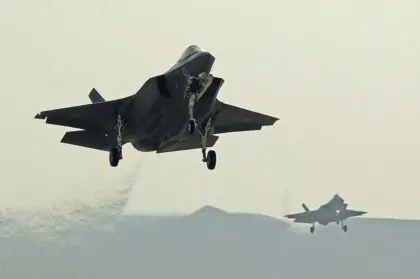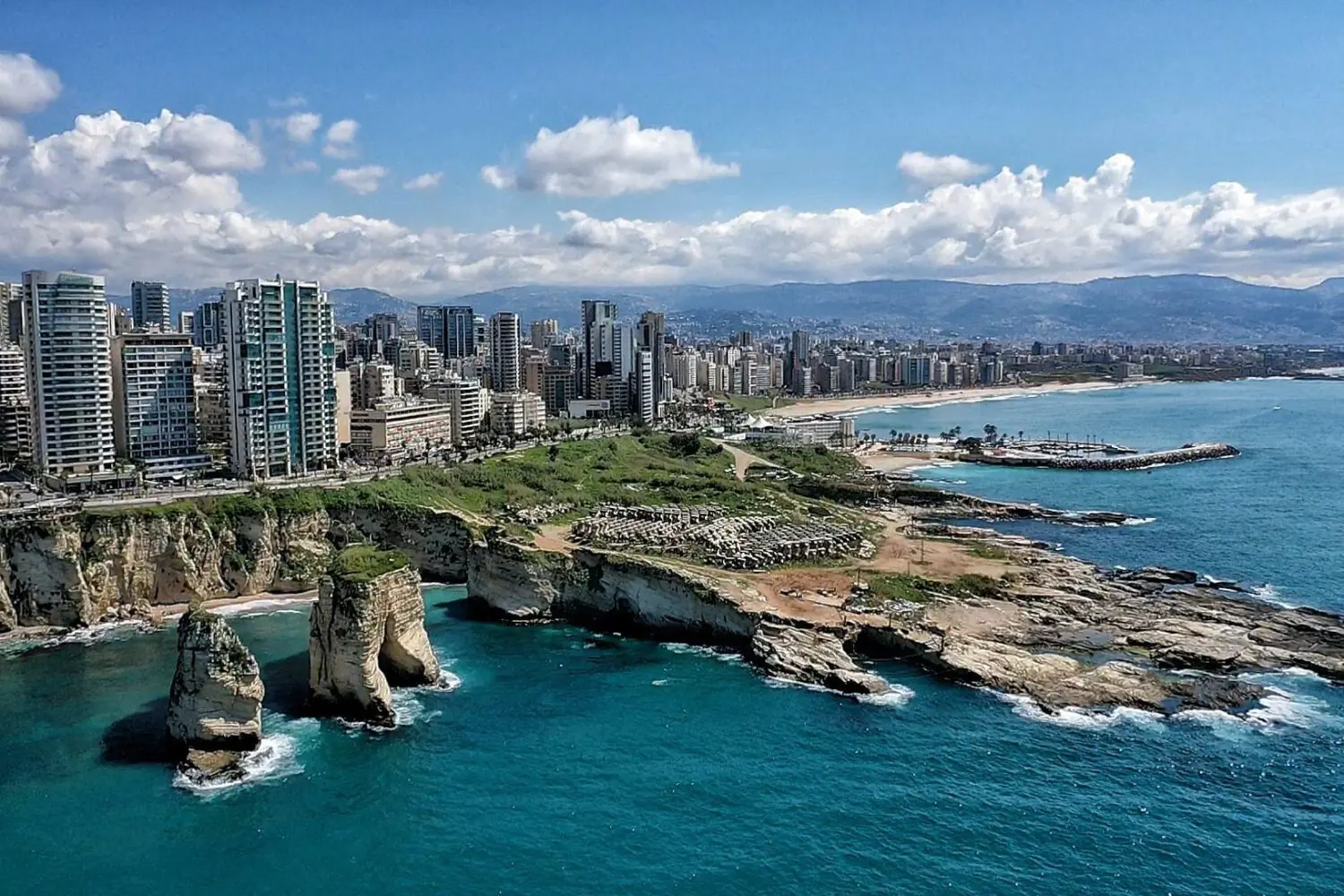
Introduction
Lebanon (Officially the Republic of Lebanon) is a country located on the eastern shore of the Mediterranean Sea.
It consists of a narrow strip of territory and is one of the world’s smaller sovereign states. Lebanon is bounded to the north and east by Syria, to the south by Israel, and to the west by the Mediterranean Sea. Beirut is the capital, the chief port, and the largest city of Lebanon. It is located on the Mediterranean coast at the foot of the Lebanon Mountains.
Lebanon, particularly its coastal region, was the site of some of the oldest human settlements in the world. The ports of Tyre (Sur), Sidon (Saida), and Byblos (Jubayl) were dominant centers of trade and culture in the 3rd millennium BCE.
Following World War I, France acquired a mandate over the northern portion of the former Ottoman Empire province of Syria. The French demarcated the region of Lebanon in 1920. Lebanon was turned into a republic in 1926 and has been granted independence in 1943.
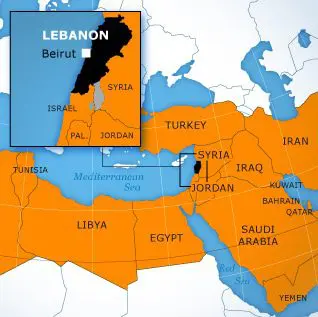
Since independence, the country has been marked by periods of political turmoil interspersed with prosperity built on its position as a regional center for finance and trade.
The country’s 1975-90 civil war, which resulted in an estimated 120,000 fatalities, was followed by years of social and political instability. Sectarianism is a key element of Lebanese political life.
Neighboring Syria has historically influenced Lebanon’s foreign policy and internal policies, and its military occupied Lebanon from 1976 until 2005.
Arabic is the official language of Lebanon. However, French, English and Arminian are widely used.
In 2021, the population was estimated at 5.47 million people. 95% of the population are Arabs, while 4% are Armenians. Other ethnic groups do not exceed 1%.
According to the estimates of 2020, Muslims’ share of the total population is 67.8% (31.9% are Sunnah; 31.2% are Shiite, Alawite, and Ismailis). Christians are 32.4% (Maronite Catholics are the largest Christian group). 4.5% of the population are Druze. There are very small numbers of Jews, Baha’is, Buddhists, and Hindus.
The Lebanese pound is the local currency. Natural resources include limestone, iron ore, salt, a water-surplus state in a water-deficit region, and arable land.
In military terms, Lebanon is ranked 111 out of 145 countries included in the 2023 Global Firepower Report.
Lebanon’s media environment is one of the most open in the Middle East, although still repressive by global standards. Lebanon ranks 130 out of 180 countries in Reporters Without Borders 2022 World Press Freedom Index.
Lebanon’s 21st-century media is burgeoning, with private newspapers, radio stations, television channels, and online publications.
However, the environment is highly partisan and reflective of the country’s political and sectarian divisions. In fact, the Lebanese media’s most distinctive feature is that all major outlets are affiliated with a particular sect or political movement. The most influential television networks in the state include LBCI, Al Jadeed, and MTV. All of which are networks that belong, respectively, to the Daher Saad, Khayyat, and Al-Murr families
The environment has also become more volatile in recent years, as Lebanon suffers the violent overspill from Syria’s ongoing civil war, while also serving as a regional and international hub to cover the conflict.
The list of Lebanon’s prominent faces includes Raya Haffar Al Hassan, the first woman appointed Minister of Finance in Lebanon, Julia Boutros, the controversial singer and revolutionary icon, and the famous artist Ziad Al Rahabani.
Lebanon is one of the few countries where both summer and winter sports are thriving. Lebanon hosted the 1959 Mediterranean Games in Beirut, the Pan-Arab Games twice (1957 and 1997) as well as the 2000 Asian Cup.
Basketball is very popular in the region and the Lebanese Basketball Federation is also a member of FIBA Asia. Lebanon’s national team has qualified for the FIBA World Championships three times from 2002 to 2010. Some of the most popular Lebanese ball players include Fadi El Khatib and Elie Mechantaf.
Lebanon’s climate is a Mediterranean one. Winters are wet and mild to cool, while summers are hot and dry. Lebanon Mountains experience heavy winter snow.
As in any mountainous region, the physical geography of Lebanon is extremely complex and varied.
Landforms, climate, soils, and vegetation undergo some sharp and striking changes within short distances. Four distinct physiographic regions may be distinguished: a narrow coastal plain along the Mediterranean Sea, the Lebanon Mountains, Al Biqa (Bekaa) valley, and the Anti-Lebanon and Hermon ranges running parallel to the Lebanese Mountains.
Lebanon is one of the most active Arab countries in tourism. Tourists visit Lebanon from all over the world, especially those who have low budgets, and search for affordable touristic destinations.
The list of prominent touristic destinations includes Baalbek which is distinguished by its ancient Roman ruins, and Jeita Grotto in Byblos with the ruins of successive civilizations (Phoenicians, Romans, and Byzantines). The list includes also the Raouche rocks which might be considered the most popular landmarks of Beirut.
Driving vehicles is right sided in a similar way to all MENA countries.
The time zone for Lebanon is (GMT +3) in summer and (GMT +2) in winter.
The international calling code is +961.


